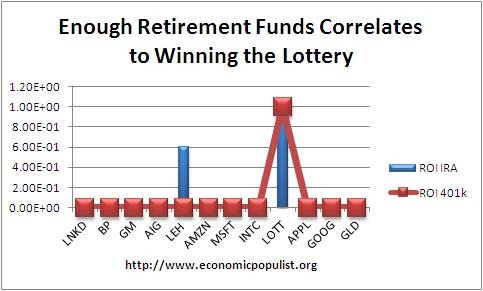Your Best Investment Strategy Investment U
Post on: 15 Июнь, 2015 No Comment

by Alexander Green. Chief Investment Strategist, The Oxford Club Monday, January 4, 2010 Wisdom of Wealth
by Alexander Green. Chief Investment Strategist
Monday, January 4, 2010: Issue #1167
At 11:38 AM on January 28, 1986, the space shuttle Challenger lifted off its launch pad at Cape Canaveral in Florida.
Seventy-four seconds later — and 10 miles higher — it blew up.
The launch was televised live, so the news spread quickly.
The stock market didn’t stop to mourn. Within minutes, investors began bailing out of the four major shuttle contractors:
All four stocks were hit hard initially. But by the end of the day, three of them were down just slightly. Only Morton Thiokol closed sharply lower.
While there were no public comments that day singling out Thiokol as the guilty party — and it would be six more months before a Presidential Commission revealed that the company’s O-ring seals were the culprit — the stock market almost immediately labeled Thiokol as the company responsible for the disaster.
So how did the market know something that even NASA scientists didn’t? Author James Surowiecki calls it the wisdom of crowds. And there’s evidence of it all around us.
Follow the Experts or Follow the Masses?
Take the economy, for example. No individual is smart enough to know where to put the dry cleaners, tire stores, banks, or coffee shops in your community. But rational, self-interested people — as if directed by Adam Smith’s famous invisible hand — will provide what we need, where we need it and when we need it.
That’s why free markets work and command economies don’t.
Or consider the TV show Who Wants to Be a Millionaire? When a contestant got stuck on a question and was allowed to ask an expert of his choice, the expert gave the right answer 65% of the time. But when the contestant polled the audience — a random group of people with nothing better to do on a weekday afternoon than sit in a TV studio — they picked the right answer 91% of the time.
My point? We prize and honor individual intelligence. Yet counter-intuitive as it seems, crowds are usually smarter than the experts.
Unfortunately, they’re also more emotional. And that often leads to disaster. Especially when it comes to investing.
The Madness of Crowds
Over the last decade, look at where the mob has taken Internet stocks, residential real estate and the entire stock market (on both the high and low sides).

As Charles Mackay wrote in Extraordinary Popular Delusions and the Madness of Crowds:
Men, it has been well said, think in herds. It will be seen that they also go mad in herds, while they only recover their senses slowly and one by one.
This investment classic was published in 1841 — and those words are still true 169 years later. So when the herd begins to stampede, there is only one intelligent thing to do: Get the heck out of the way.
It’s called contrarian investing — and we’ve used it to capitalize on, and avoid, a number of dramatic developments in recent years. That includes dodging the overheated real estate market. selling $150-a-barrel oil. and buying great companies at a 13-year low last March.
However, you can’t bet against the crowd every day and expect to win. That’s simply blind contrarianism and it doesn’t work.
Remember, you aren’t right simply because you agree or disagree with the crowd, but only when your facts and reasoning are right.
Against Conventional Wisdom, Expect This Currency to Rally in 2010
Nevertheless, history shows that investment opportunities are greatest when extreme valuations are combined with extreme sentiment. When euphoria greets high valuations and there’s abject pessimism over low valuations.
This doesn’t occur every day, of course. Under ordinary circumstances, most assets are neither an immediate sell nor a table-pounding buy.
Yet three weeks ago, I made the case that based on fundamentals and sentiment, the U.S. dollar is oversold and is likely to soar in 2010. The greenback hasn’t waited for the New Year, however. It put on an impressive rally in December.
Are we at the inflection point when the greenback makes a sustained move up against the world’s major foreign currencies? I think so.
The structural imbalances in U.S. trade and fiscal policy are already reflected in the price of the dollar. Major European economies and Japan are hurting more than we are. And over the second half of the year, Ben Bernanke is likely to start mopping up the excess liquidity he created by raising short-term interest rates. That will only add fuel to the dollar’s rally.
In short, expect a sea change in the way the crowd views the dollar this year. And adjust your portfolio accordingly.














